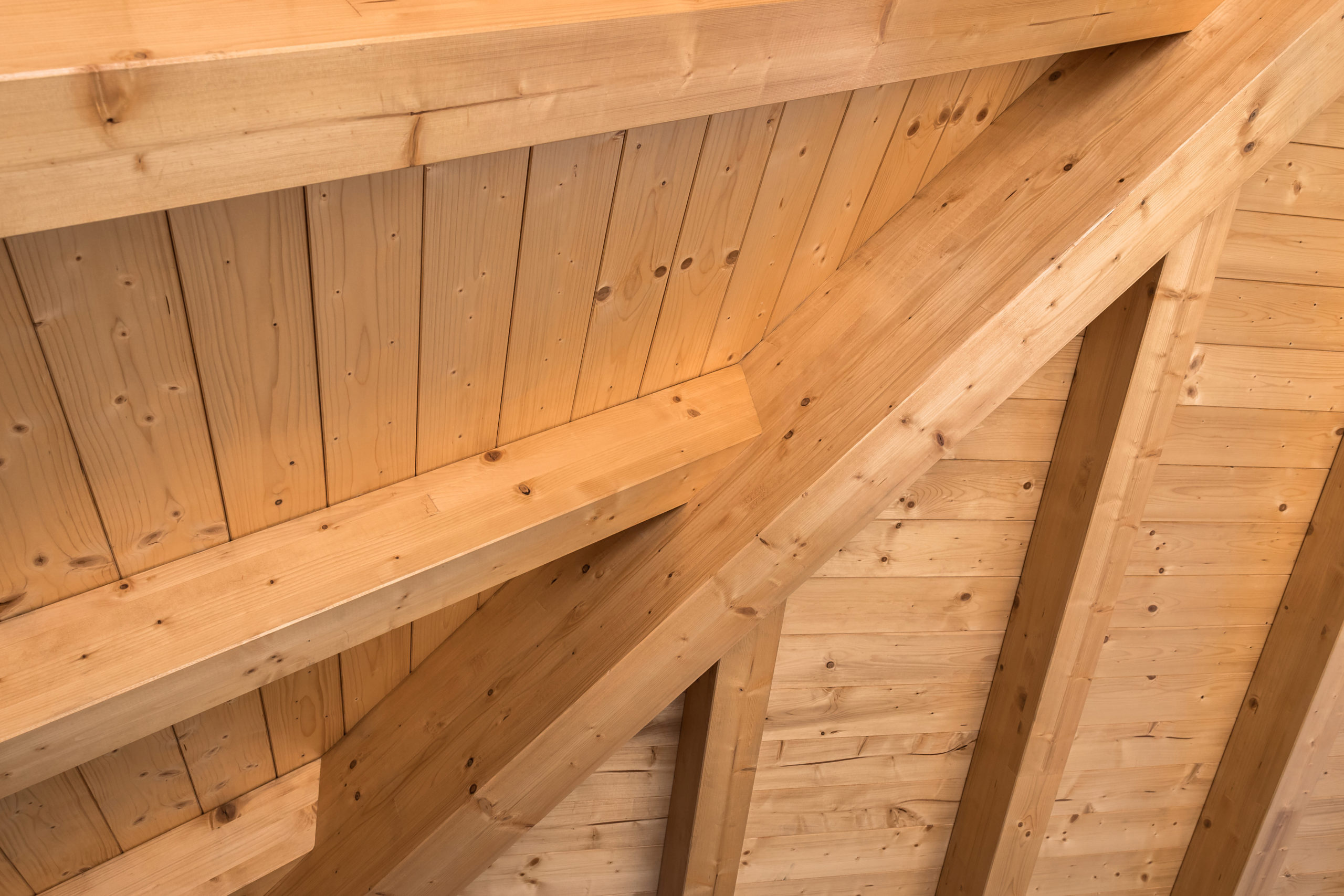When it comes to architectural styles, few evoke the nostalgia and warmth of plank and beam construction. This design method has been embraced for centuries, celebrated for its durability and aesthetic charm. The structural integrity offered by large wooden beams combined with wide planks creates an inviting atmosphere, whether in a cozy home or an expansive commercial space. As we delve deeper into this timeless technique, you’ll discover not only its historical significance but also its modern applications and enduring appeal.
Plank and beam construction is not just about the materials; it's about the connection to nature and craftsmanship. The use of natural wood brings an organic element to any space, enhancing both its visual appeal and its energy efficiency. This building method allows for open floor plans, high ceilings, and the ability to customize spaces according to individual needs and styles. With a renewed interest in sustainable living, many are turning to plank and beam designs as a way to create eco-friendly homes that stand the test of time.
In a world increasingly dominated by concrete and steel, the warmth of wood in plank and beam architecture offers a refreshing alternative. This article will explore various aspects of this construction style, including its benefits, historical context, and modern adaptations. Whether you are an architect, a homeowner, or simply an enthusiast of beautiful design, understanding plank and beam construction can inspire your next project.
What Are the Key Benefits of Plank and Beam Construction?
Plank and beam construction comes with numerous advantages that make it a popular choice among builders and homeowners alike. Here are some key benefits:
- Durability: The robust nature of timber beams ensures long-lasting structural integrity.
- Aesthetic Appeal: The natural beauty of wood adds warmth and character to any space.
- Flexibility: Open floor plans and customizable designs are easily achievable with this method.
- Energy Efficiency: Wood provides better insulation compared to traditional materials.
How Does Plank and Beam Construction Compare to Other Styles?
When comparing plank and beam construction to other architectural styles, several differences stand out:
- Materials: Plank and beam often utilizes locally sourced wood, whereas other styles may rely heavily on manufactured materials.
- Design Philosophy: The emphasis on connection with nature sets plank and beam apart from more contemporary styles that may prioritize minimalism.
- Construction Techniques: The craftsmanship involved in plank and beam construction often results in unique, one-of-a-kind structures.
What Historical Context Influenced Plank and Beam Architecture?
The origins of plank and beam construction can be traced back to ancient civilizations, where wooden structures were both practical and symbolic. As societies evolved, so did the techniques used in construction.
In North America, the early settlers adapted European timber framing techniques to suit the abundant natural resources available to them. This led to the iconic barn-style buildings that are still admired today. Over the years, plank and beam construction has evolved but has maintained its core principles of durability, flexibility, and natural beauty.
How Can You Incorporate Plank and Beam in Modern Designs?
Incorporating plank and beam construction into modern designs can be both exciting and rewarding. Here are some tips:
- Mixing Materials: Combine wood with glass and metal for a contemporary twist.
- Highlighting Structure: Expose beams and planks to create a focal point in your design.
- Open Spaces: Use the flexibility of plank and beam to create open floor plans that encourage flow and interaction.
Are There Any Challenges Associated with Plank and Beam Construction?
While plank and beam construction offers many advantages, it is not without its challenges:
- Maintenance: Wood requires regular upkeep to prevent rot and pests.
- Cost: High-quality timber can be expensive compared to other materials.
- Regulations: Building codes may restrict the use of wood in certain areas.
What is the Future of Plank and Beam Construction?
The future of plank and beam construction looks promising as more people seek sustainable living options. With advancements in technology, there are new ways to treat and preserve wood, making it even more appealing for modern construction. Architects and builders are increasingly embracing this style, recognizing its potential for creating beautiful, functional spaces that harmonize with the environment.
Conclusion: Why Choose Plank and Beam Construction?
In conclusion, plank and beam construction is a versatile and enduring architectural style that offers countless benefits. Its combination of durability, aesthetic appeal, and flexibility makes it an excellent choice for various projects. As we look towards the future, this traditional method continues to inspire innovation and creativity in the world of architecture.
Whether you're considering a new build or a renovation, the charm of plank and beam is hard to resist. By understanding its history, benefits, and modern applications, you can make informed decisions that will lead to spaces that are not only beautiful but also deeply connected to the natural world.
You Might Also Like
Decoding The Differences: GD Vs GDKDynamic Developments In Real Madrid News Now
Discovering The Life And Legacy Of Joe Girard III
Creamy Coffee Delights At Starbucks: A Journey For Your Taste Buds
Revolutionizing Laundry: The Portable Washing Machine
Article Recommendations
- Julia Louis Dreyfus Saturday Night Live
- Hana Pugh Race Ethnicity
- Liam Payne Game
- Jon Batiste Wife Health 2024
- How Much Does Taylor Swift Weigh
- Grace Charis Net Worth
- Ariana Grande Bikini
- Who Is Channing Tatums Twin Brother
- Michael Mando Wife
- 1 Guy 1 Jar Video


